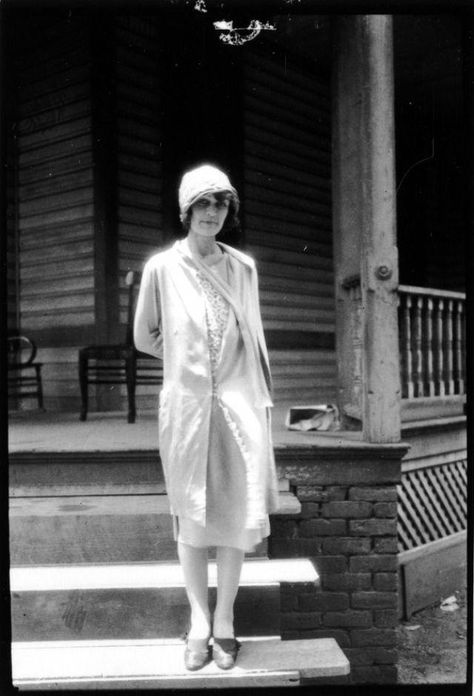It's nice to do some small projects --though I have a way of making them into longer projects. We took our winter workshop series online in February 2021 and our projects were a muff cover with Ruth taught, and quilted pockets which I taught. I figured I'd do another muff cover since I had some nice silk remnants. I've always loved these beaded ones pictured below:
The on on top is my favorite so I decided to try to replicate it. I found a similar turban wearing woman image and printed it on silk using the method described in
this post. After fusing it to the fabric, I decided to look for the appropriate beads before tracing the embroidery. This was more challenging than I first thought. I could find them but the weren't necessarily the correct size. My choice would be to use different beads that were smaller or more similar beads that were larger. The milky faceted glass beads were the ones that determined this. I could only find them in size 8. Size 11 would've been better. They're glass. I also found vintage metal flat spangles.
Let's look closely at the original: It clearly has metal embroidery and spangles which have tarnished. The stems are couched metal thread. The bow figure has spangles sewn flat and covered by the white beads. The "frame" around the portrait, however, appears to be a row of beads with couched metal thread along both sides.
This motif is clearly 3 beads with one spangle.
The ruffle has the spangles stitched flat covered with white beads like the bow at the top.
Here's my reference photo:
I played around with the size of the embroidery image to get the right size for the beads I bought, converted the image to black and white and used my light tablet to trace the exact image right onto the silk.
I started with the embroidery. I didn't not have the right type of metal thread and used a modern thread that was the right color. Because it was stranded, I chose to do outline stitch. Then I stitched the sequins on.
Next came the white beads. It's amazing how much weight they add to such a small piece!
I decided to not add the ruffles. I think the proportions would've been off and it would've been too crowded looking as the image and embroidery were larger than the original.
I also added a "strap" of 2 inch wide blue ribbon to use as a "handle" of sorts. There is an extant muff with this treatment which also has bows at each end of the strap to make it more decorative.
I'm quite pleased with how this one turned out. The blue matches my quilted petticoat!
The quilted pocket workshop which I taught resulted in my having 2 more pairs of pockets. The first one is linen bound with linen tape. I studied the extants I found and they were bound. I raided my remnant/scrap box and found the yellow linen and decided to use a contrasting thread for the quilting. I had found an extant quilted bodice that had yellow thread on white fabric so I figured the contrast would show up nicely. The hippogryph image is from a mid 18th century quilted petticoat from Rhode Island.
The second pair of pockets were based on an extant pair I found for sale in an antiques shop in MI. The seller had posted very detailed pictures of the construction of these pockets. Unlike the other extants, they were not bound. I used the same blue silk as the muff cover.
I enjoyed making these projects as they were diversions from the quilted petticoat I need to finish. I really need to get back on that so I have it to wear this coming winter!






















































